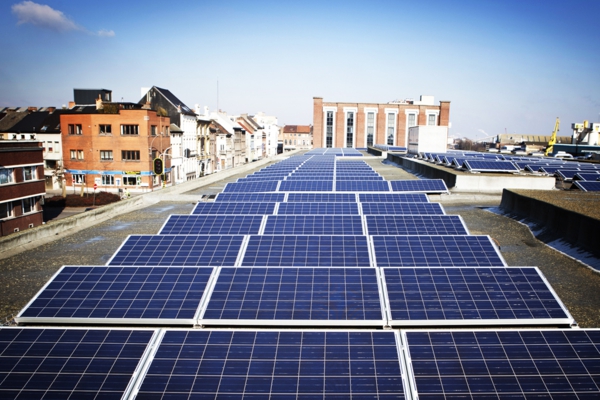The short answer is yes! According to new research by the University of Delaware and Delaware Technical Community College, renewable energy could power a large electric grid 99.9% of the time by 2030.
Scientists have found that a well-designed combination of solar and wind power, and storage in batteries and fuel cells would almost always exceed electricity demands whilst at the same time keeping costs low.
More Affordable:
A common worry is that renewable energy is too unreliable and too expensive to become a viable power source for the use in our busy, technologically advanced world of the 21st Century. However scientists believe it can be a success providing you get the right combination of electricity sources and storage – which they believe they have achieved with exhaustive research – calculating the costs correctly.

Co-authors of the research, Willett Kempton, professor in the School of Marine Science and Policy in UD’s College of Earth, Ocean and Environment and Cory Budischak, instructor in the Energy Management Department of Delaware Technical Community College reported that the model they have developed is aimed at minimising costs as a pose to the traditional approach of matching generation to electricity use. The research found that generating more electricity than was needed during the average hours, with the aim to meet needs on high demand but low-wind power hours would actually be cheaper than storing excess amounts of power ready for later high demand.
This is because storage is very costly as batteries and hydrogen tanks must be larger to accommodate additional stored hours of electricity. Along with their findings, perhaps the most important finding of all was that it is in fact possible to run a very large electric system almost entirely on renewable energy.
Some Perspective:
The two authors found that using hydrogen for storage for example, we could run an electric system that in this day and age would meet a need for 72GW, 99% of the time. It could accomplish this by using 17GW of solar, 68GW of offshore wind and 115GW of inland wind.
To give some perspective it would take 200 large wind turbines or 250,000 rooftop solar systems to produce on gigawatt of electricity. Renewable electricity generators need to have higher gigawatt capacity than traditional generators as wind and solar systems don’t produce electricity at maximum capacity all the time.
In the study the two men have also taken into account the reliability of renewable energy during times when weather and seasons may vary causing wind speeds and sun exposure to differ. Their model accommodated for the hours where there would not be enough renewable electricity to meet power needs, the model instead used storage and fossil fuels.
The Future:
The study also showed that the projected capital costs for wind and solar in 2030 are about half of today’s wind and solar costs, however the maintenance costs are estimated to be approximately the same.
The researchers came to the conclusion that economic savings could be achieved if we aimed for at least 90% more renewable energy in 2030, also achieving the climate change targets of an 80-90% reduction in greenhouse gases from the power sector.
So it looks as if things are looking up for solar energy with us becoming a step closer to renewable energy becoming a viable power source for the future.
This post was written by Meredith Watts on behalf of SolarTech, leading specialists in the supply and installation or renewable energy systems.










Comments